Using solar power to generate electricity and then storing it in a charging station, users can use sustainable energy to charge the car, which is the original intention of Tesla to build a super charging station. Recently, Tesla has installed solar panels for assembly plants, which means that Tesla has accelerated a small step in the world's transition to sustainable energy.
On February 1, 2017, Tesla officially named the company by Tesla Motors Inc. Renamed Tesla Inc. After completing the acquisition of Solarcity, Tesla became "the world's only vertically integrated sustainable energy company." Recently, Tesla has installed solar panels for assembly plants in Europe.
To date, Tesla has four plants worldwide: Fremont Automotive Manufacturing Plant in California, Gigafactory 1 in the Nevada Super Factory, Gigafactory 2 in the Buffalo Super Factory in New York, and the Tilburg Automotive Assembly Plant in the Netherlands.
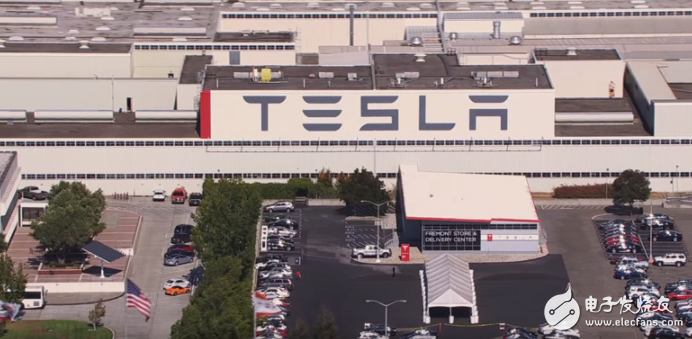
The Fremont, Calif., plant was purchased by Tesla in 2010 from Toyota and GM's joint venture, New Union Automotive Manufacturing Company (NUMMI). The Fremont plant is responsible for the manufacture of the Model S/X/3, which has grown by 400% so far, and Tesla claims it is one of the most advanced automotive plants in the world.
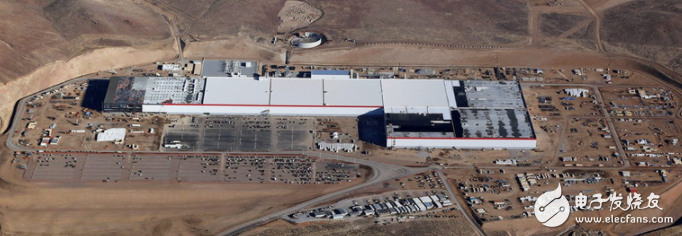
Nevada Super Factory Gigafactory 1 needless to say, mainly responsible for the manufacture of battery cells and battery packs for Tesla cars and energy storage servers. Tesla's official website made it clear that the plant has the opportunity to become the world's largest single building after its completion and promises to be fully powered by renewable energy with the goal of achieving zero energy consumption. In January 2017, Tesla announced that it will lay a 70MW solar panel array on the Gigafactory 1 roof.

The next one is the Gigafactory 2, a Buffalo super factory in New York, which was first built by solar panel manufacturer Silevo. On June 17, 2014, Solarcity, the largest shareholder and chairman of the board of directors by Elon Musk, announced the acquisition of Silevo. After that, Solarcity named the factory Gigafactory (it's hard to say that this is not Elon Musk's idea...) and announced a massive expansion plan. At the end of 2016, Tesla announced the completion of the acquisition of Solarcity, which was later renamed Gigafactory 2. Gigafactory 2 is responsible for the production of Tesla solar modules and solar roofs, Tesla Glass, SolarCity's Zep and Silevo (modules and connections) technology, and Panasonic's technology for the manufacture of solar cells. As a factory with solar panels as its main business, it is naturally standard to supply electricity entirely from renewable sources.
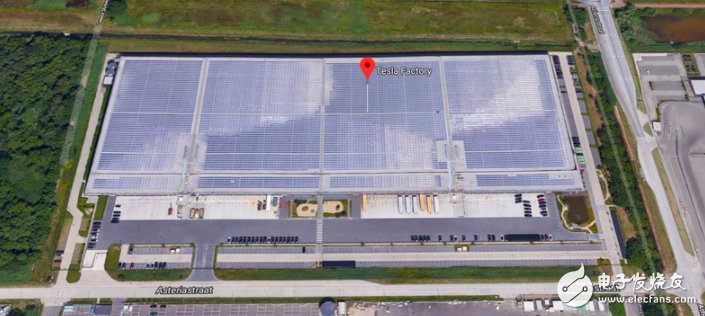
Tesla Holland's Tilburg automotive assembly plant is responsible for the overall assembly of cars and batteries in Tesla's European market. Musk previously said that once the European market sales reached 160,000 units/year, a new Gigafactory will be built in Europe. Now Tesla has achieved complete coverage of solar panels on the 43,000-square-meter roof of the TIlburg automotive assembly plant. This is one of the largest solar panel arrays in the Netherlands with a scale of around 3MW.
A 100% renewable energy drive for all plants is achieved, but it is not enough. Tesla's mission to "accelerate the world's transition to sustainable energy" is not so resistant. On June 10, 2017, a netizen on Twitter @Elon Musk: "Sorry, I saw the shadow of a thermal power plant in the Tesla Super Charging Station, behind all the concept games you played (power source) They are all driven by coal."
The price of Musk's reply is not small: "All super charging stations are undergoing solar roof + energy wall renovation. Over time, almost all super charging stations will be disconnected from the national grid."
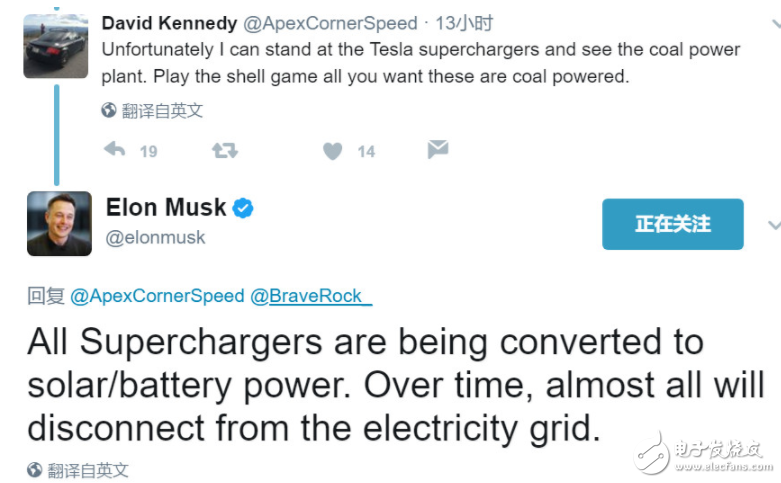
Using solar power to generate electricity and then storing it in a charging station allows Tesla owners to recharge their cars with renewable energy, a blueprint that Tesla proposed when it released its supercharger at the end of 2012. But Tesla has not yet acquired Soalrcity, and the power generation efficiency and cost of solar panels have not reached the critical point of large-scale deployment. The end result is that only six of the over 800 supercharged piles in the previous period were covered with solar roofs.
The acquisition of Solarcity at the end of 2016 has greatly reduced the cost of communication for deploying solar panels. More importantly, Tesla has released the new enterprise-class energy storage system Powerpack and the solar roof with improved energy efficiency. In other words, the time to realize the solar-powered supercharge station blueprint began to mature.
Soon after the release of the solar roof, Musk said that in the sunny area, the new solar roof plus the new Powerpack can provide electricity for the super charging station, especially in the snow-free area throughout the year, connecting the super charging station to the national grid. It is completely unnecessary.
In response to the demand for electricity generated by the delivery of Model 3, Tesla released a new supercharger expansion plan in April last year. At the Model 3 conference last year, Tesla announced that by the end of 2017, the total number of super-charged piles worldwide could reach 7,000, and the new plan announced in April revised this indicator to 10,000.
The real amount of information is contained in the rendering of the official announcement. As you can see from the picture, Tesla built the store and the super charging station for the first time, and the charging port reached 80 or so as never before. At present, there are only 50 charging piles in the world's largest Tesla super charging station. In addition, nearly half of the charging piles are covered with solar panels, which may be the reference design for Tesla's new super charging station.
but. . . . . . As of the end of 2016, Tesla's global super charging station reached more than 4,600 seats. This transformation and upgrading work is not easy for human and financial resources. Tesla's seemingly unpleasant approach is part of the brand PR: When Tesla owners go to supercharge stations to use the clean energy provided by solar panels, in addition to positively affecting the brand's reputation, it will also drive Tesla's energy business is booming in the To C market.
ZGAR AZ Bingo Vape
ZGAR electronic cigarette uses high-tech R&D, food grade disposable pod device and high-quality raw material. All package designs are Original IP. Our designer team is from Hong Kong. We have very high requirements for product quality, flavors taste and packaging design. The E-liquid is imported, materials are food grade, and assembly plant is medical-grade dust-free workshops.
Our products include disposable e-cigarettes, rechargeable e-cigarettes, rechargreable disposable vape pen, and various of flavors of cigarette cartridges. From 600puffs to 5000puffs, ZGAR bar Disposable offer high-tech R&D, E-cigarette improves battery capacity, We offer various of flavors and support customization. And printing designs can be customized. We have our own professional team and competitive quotations for any OEM or ODM works.
We supply OEM rechargeable disposable vape pen,OEM disposable electronic cigarette,ODM disposable vape pen,ODM disposable electronic cigarette,OEM/ODM vape pen e-cigarette,OEM/ODM atomizer device.

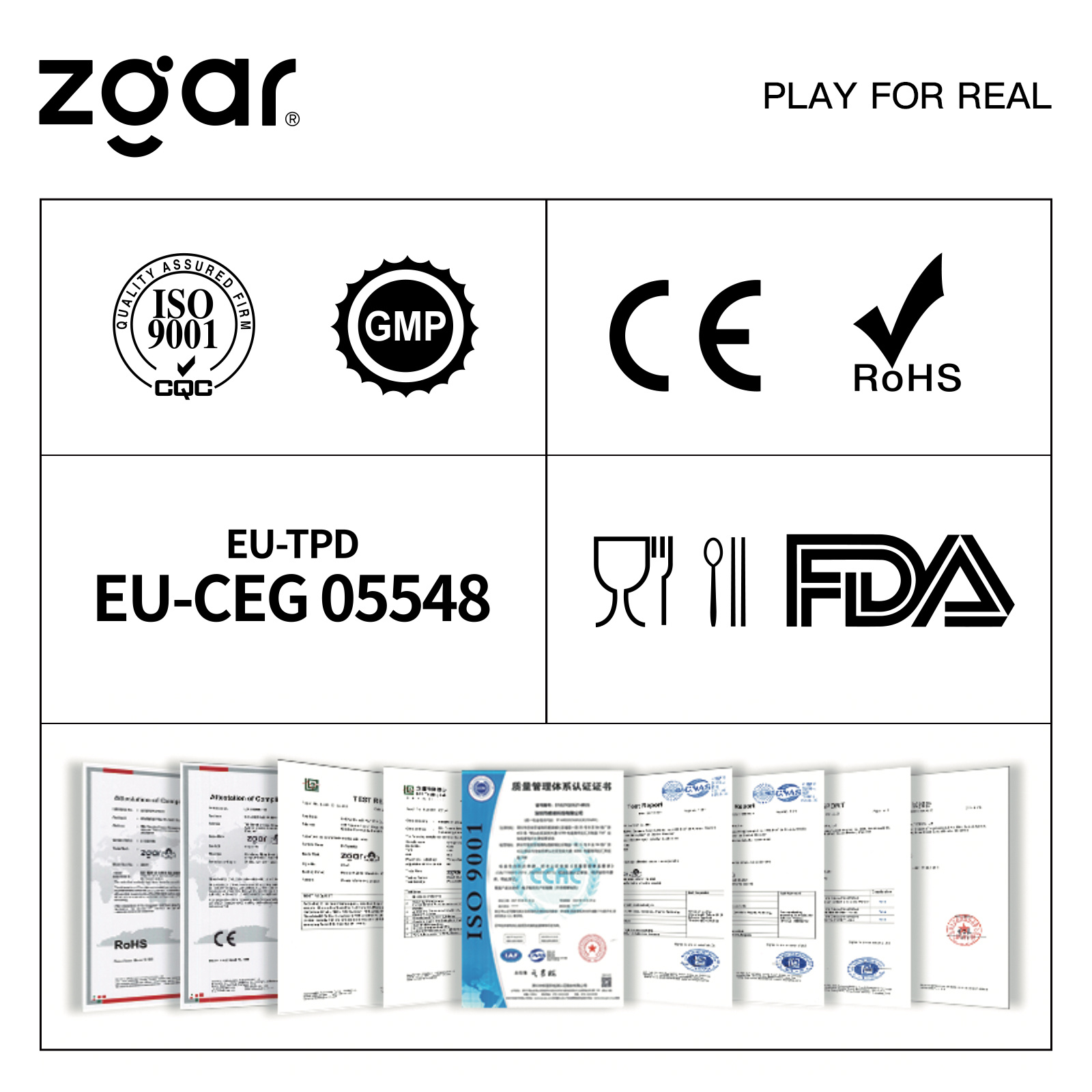
ZGAR AZ Bingo Vape Disposable Vapes,ZGAR AZ Bingo Vape disposable electronic cigarette, ZGAR bingo vape pen atomizer ,ZGAR AZ Bingo Vape E-cig,AZ Bingo Vape disposable electronic cigarette,disposable vape,zgar bingo box
Zgar International (M) SDN BHD , https://www.zgarecigarette.com